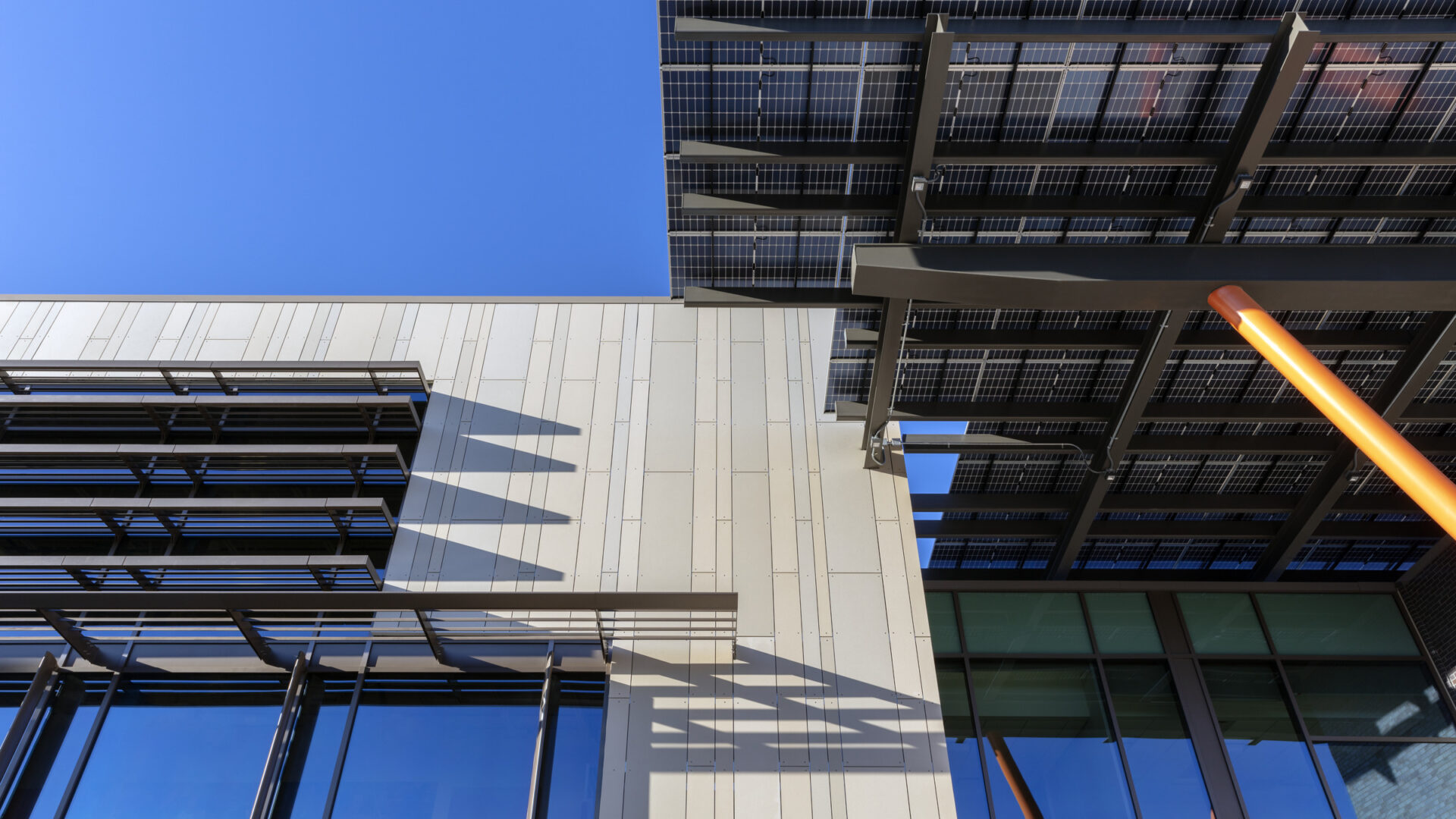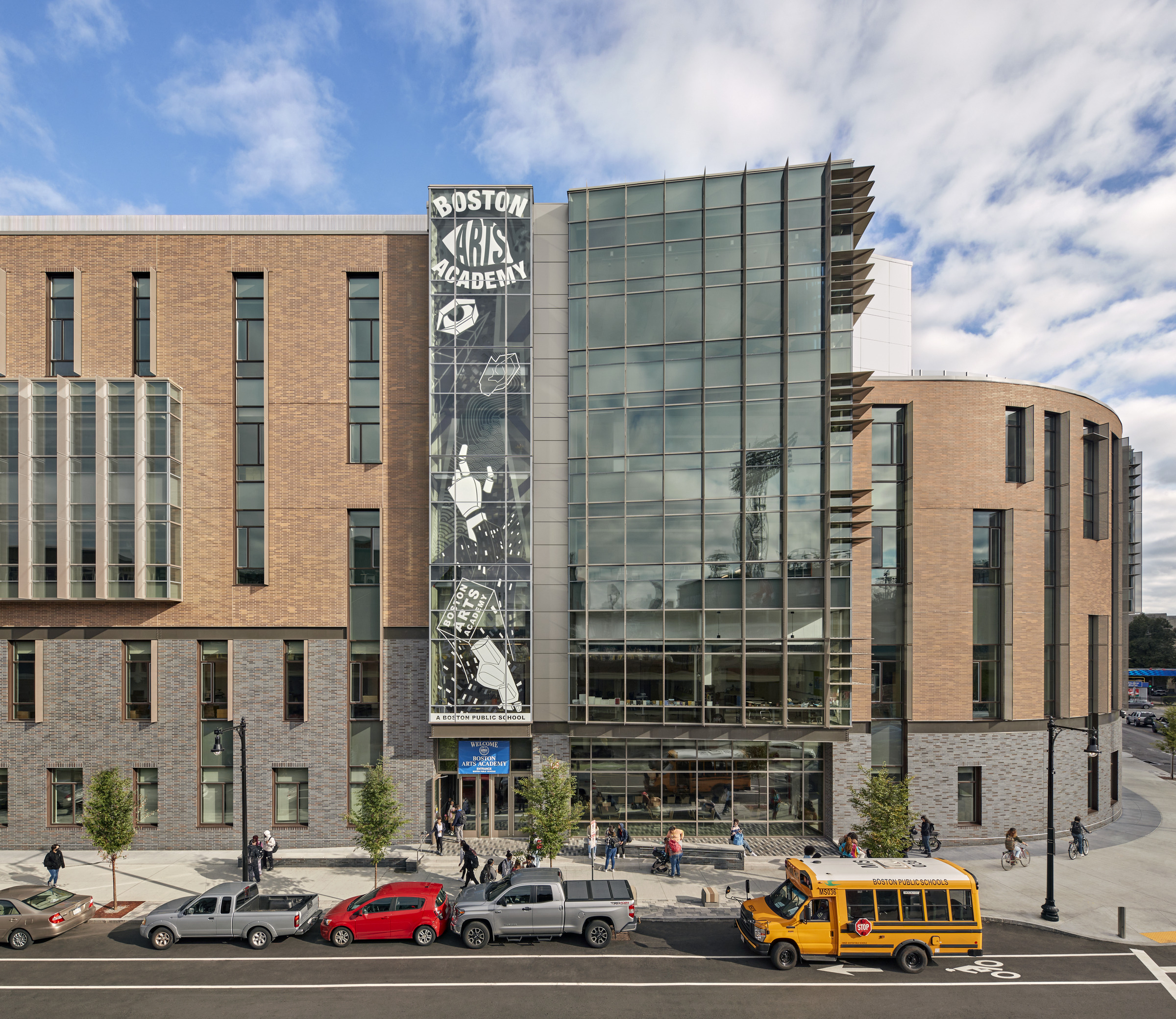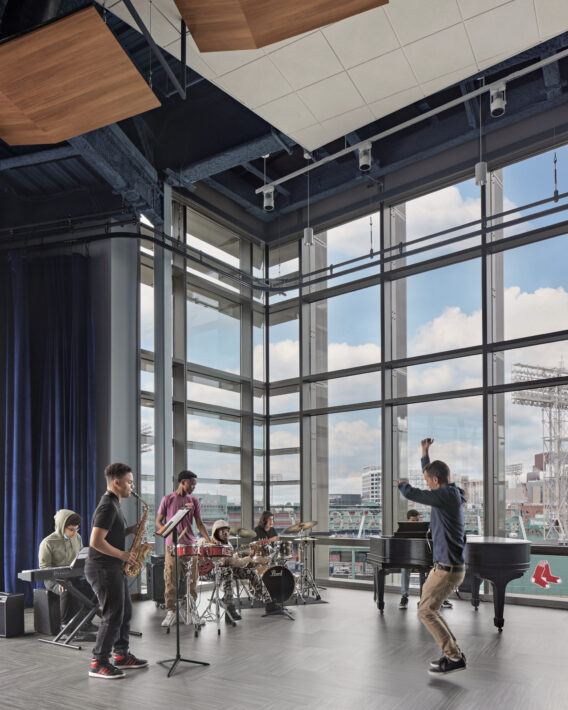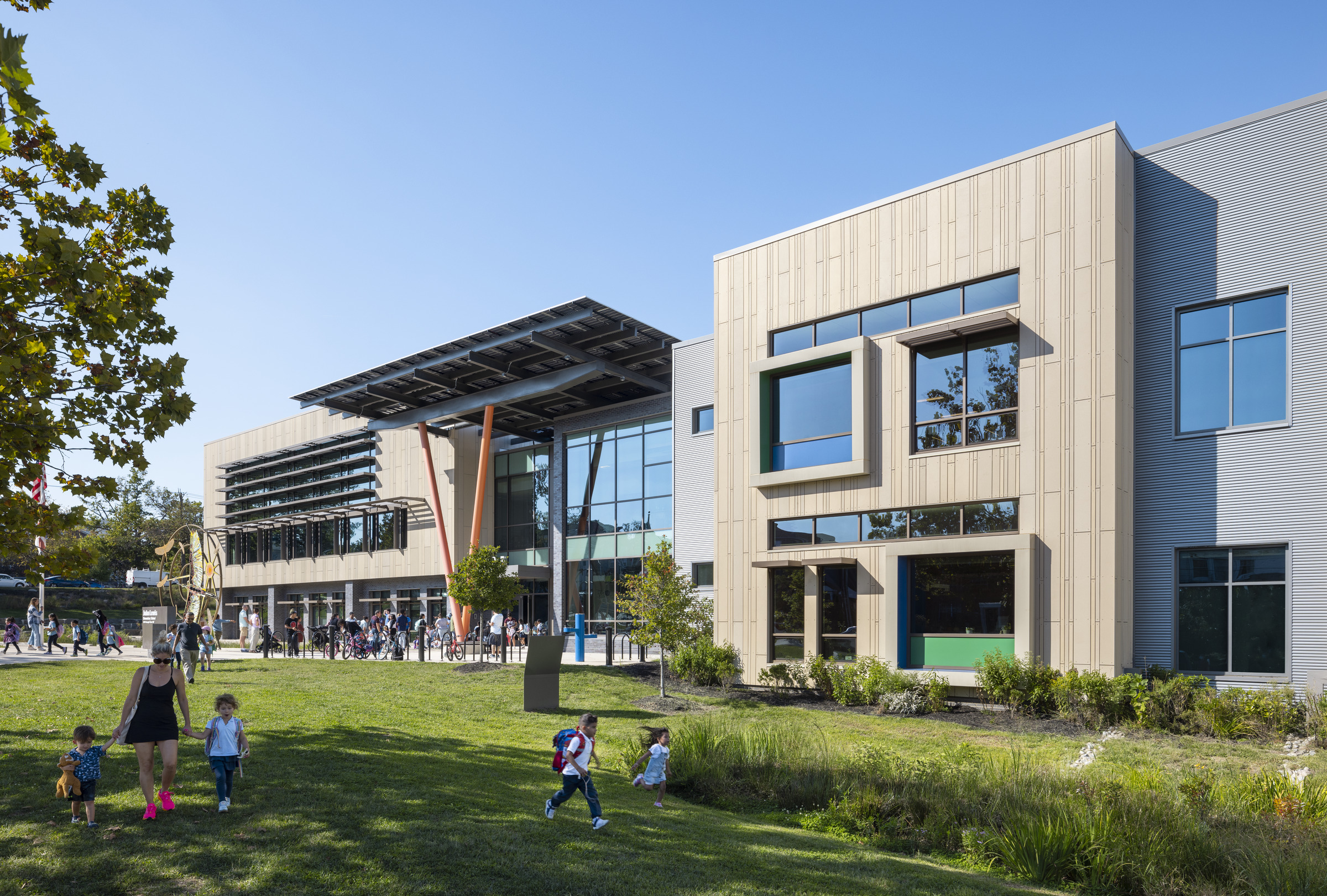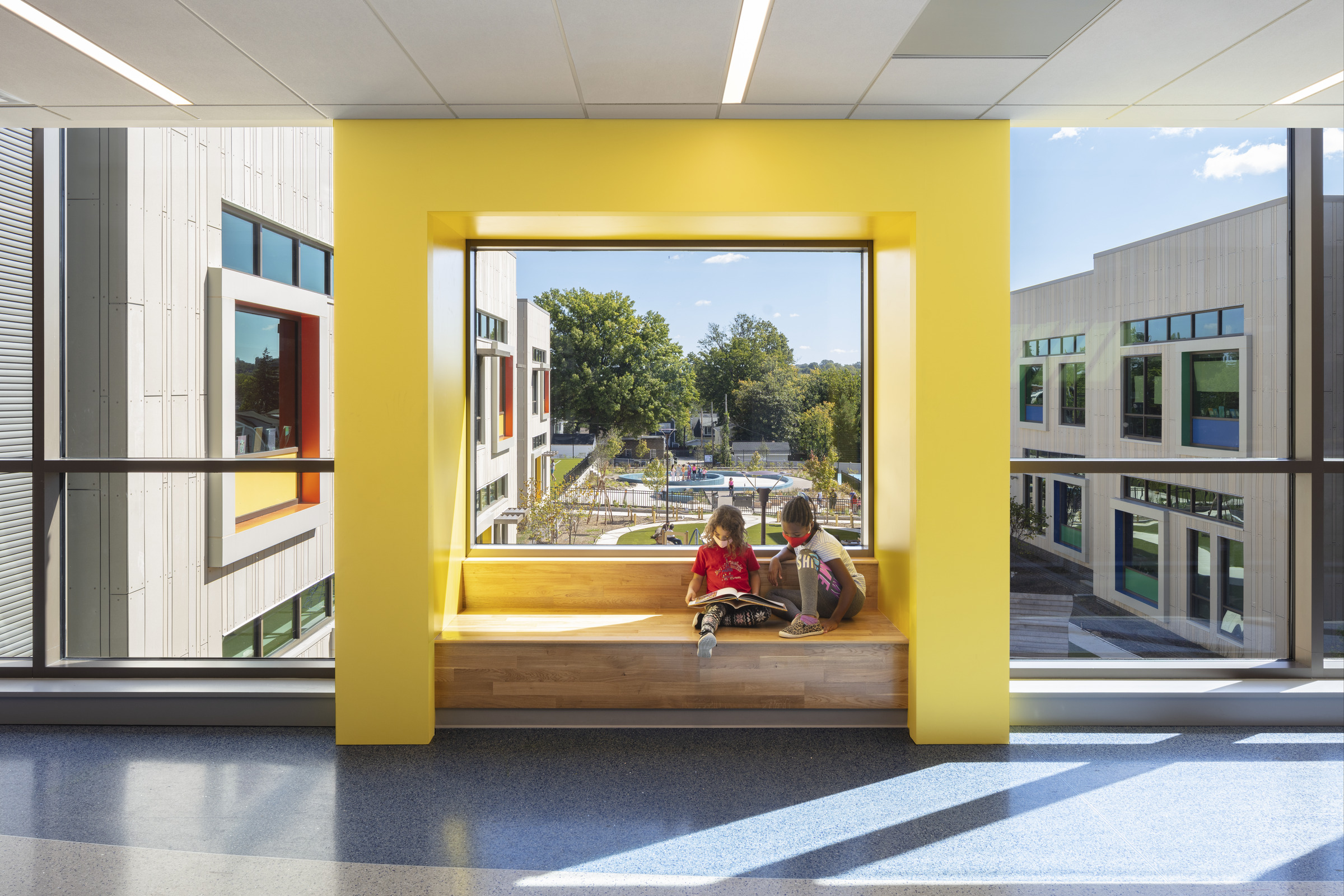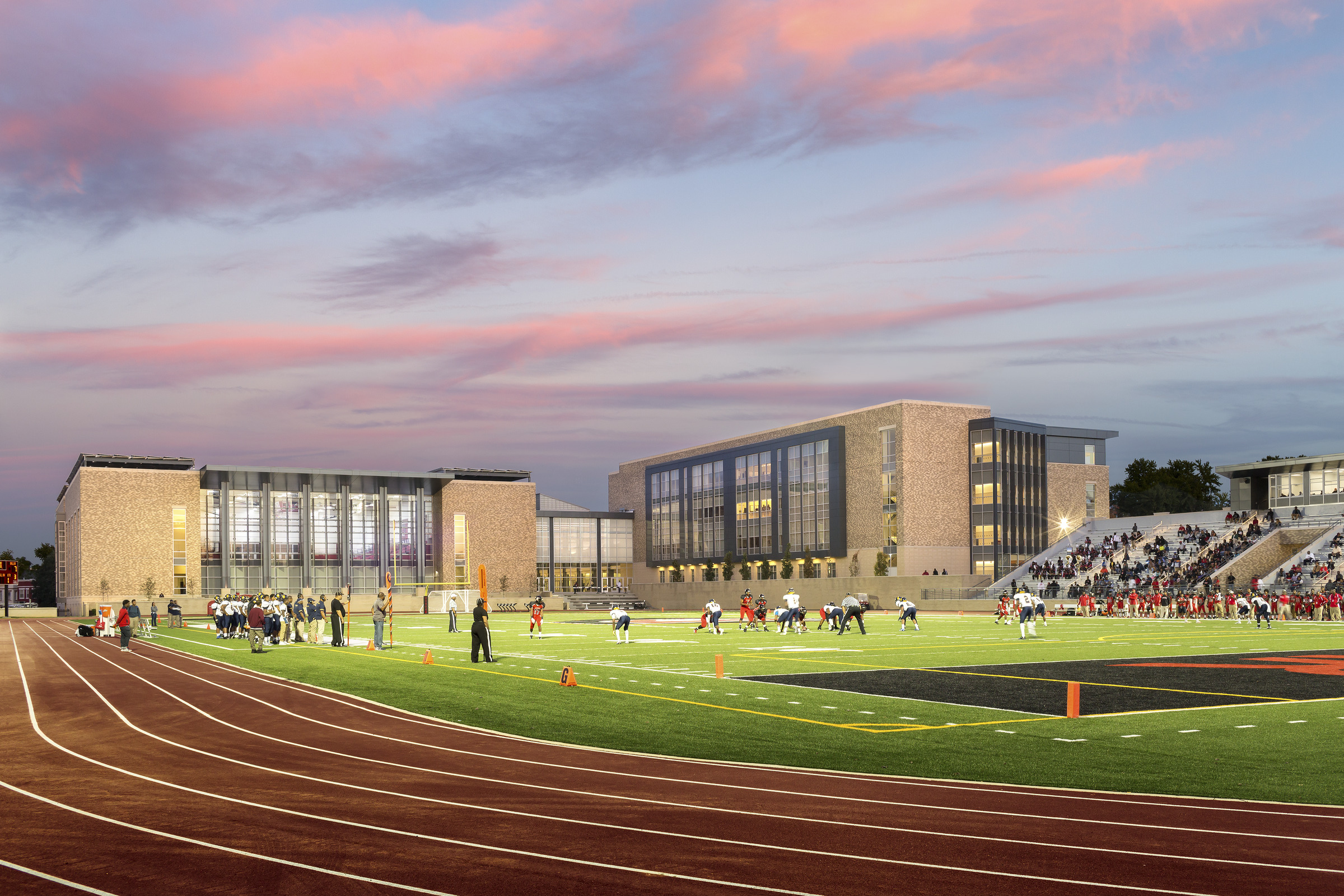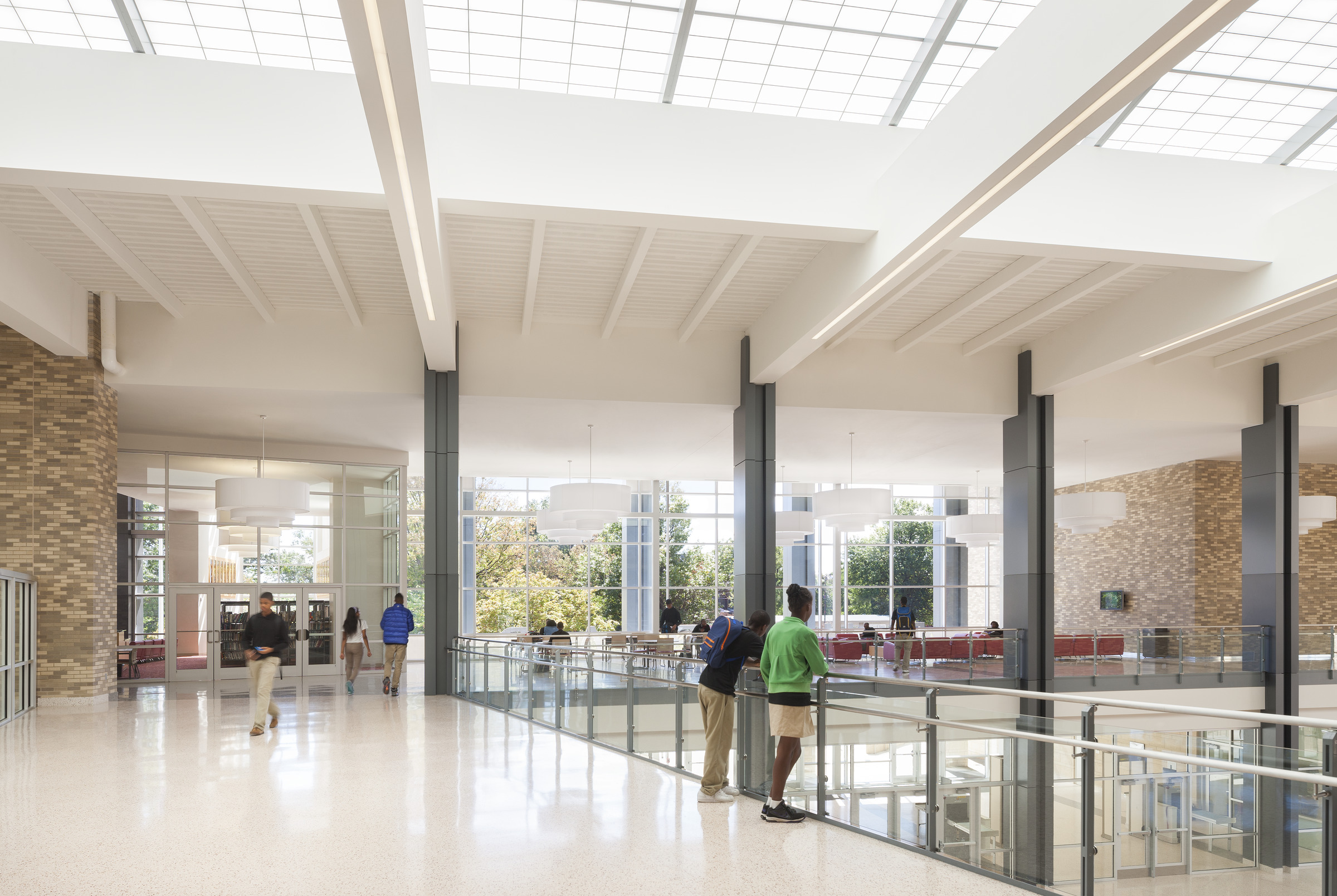“Sustainable design is too expensive.” It’s an all-too-common refrain. It’s also a myth.
We’ve known for years that sustainability doesn’t have to cost more.
In the early 2000s, when LEED was still new to the market, studies showed that the average surcharge for LEED-certified buildings was only 2 percent, but additional investment typically yielded operational savings worth ten times that much. For the last ten years, research has consistently shown that there are no additional costs associated with designing to LEED standards. In 2015, the Pennsylvania Housing Finance Agency became the first public agency to add Passive House into its incentives. In the first two years of available incentive funding, Passive House projects had a slight cost premium compared to conventional construction. By the third year, however, they came in cheaper per square foot than conventional construction as the market matured and builders became more familiar with the process.
We should remember, however, that sustainability and sustainable design isn’t new. The broad range of design and construction techniques throughout the world and the many centuries-old buildings that still stand—and are standing the test of time—are full of wisdom and lessons learned. It’s ironic that modern third-party certifications such as LEED, Passive House, or Net Zero Energy, which were created to achieve similar goals around longevity and sustainability, are still regularly dismissed as too expensive.
Pursuing these sustainable design certifications provide excellent frameworks and a defined path, but sustainable design is not just a check list of tasks; it is a philosophy and approach that can—and should—be present in all our infrastructure from now on. Although we integrate sustainable design into all our work at Perkins Eastman, our K-12 educational environments have truly been pushing the limits over the past two decades, because we believe that schools can become the catalysts for large-scale decarbonization within their cities and communities. From this work driving decarbonization forward, we’ve learned how to do it cost-effectively, because sustainability can’t just be about doing the right thing, it also must make financial sense.
